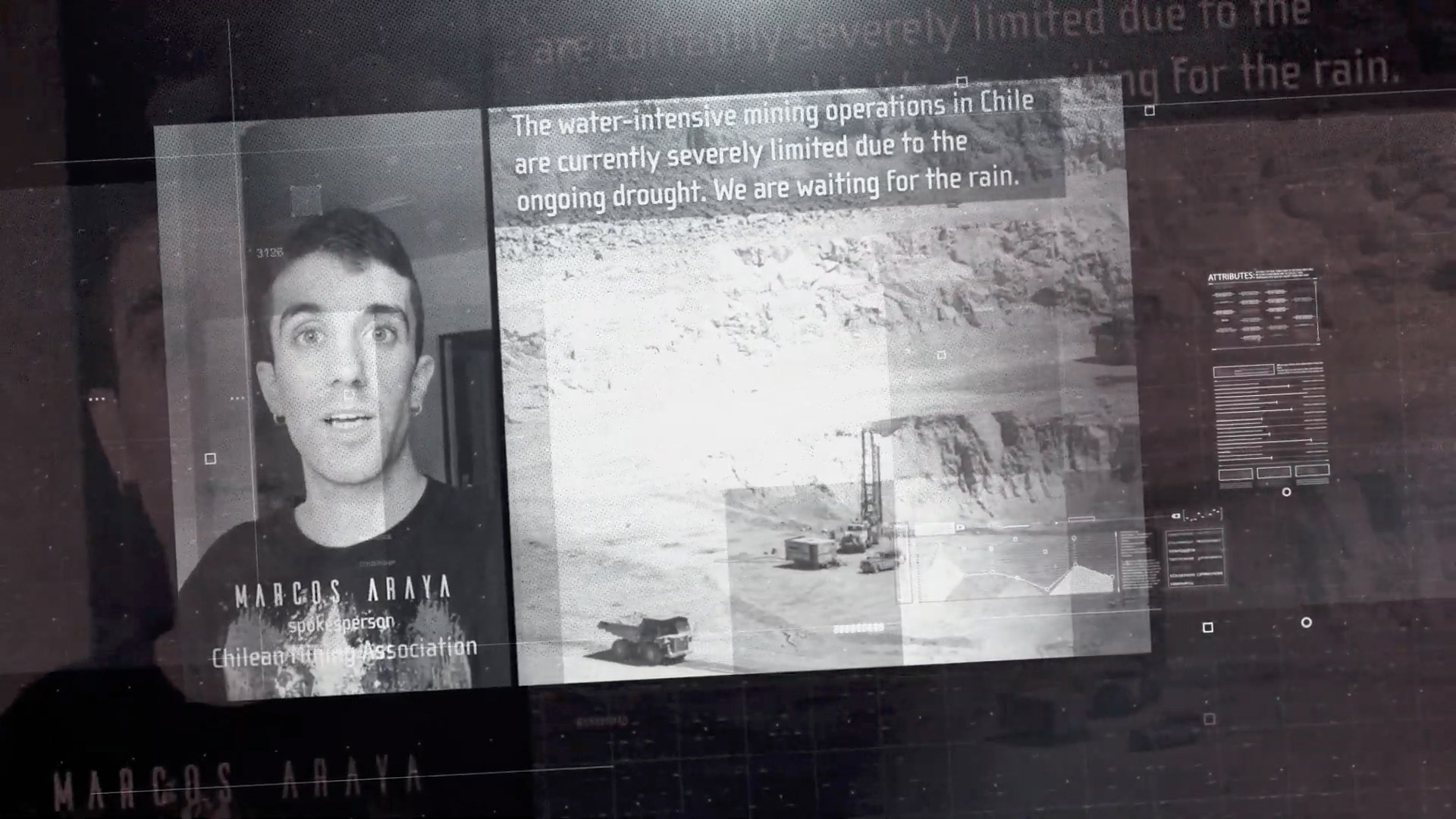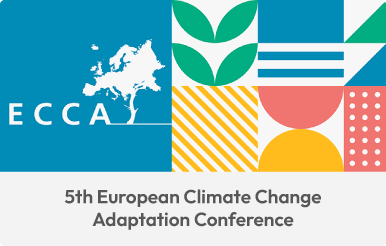Applications
The Raw Materials Challenge was developed in the Horizon 2020
project CASCADES and was played as a satellite event during such events as:
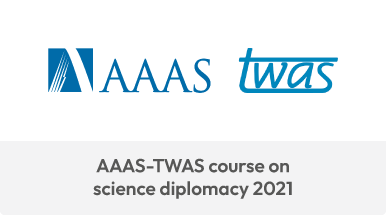
The workshop was a part of the course on science diplomacy, organized jointly by the American Association for the Advancement of Science (AAAS) and The World Academy of Sciences for the advancement of science in developing countries (TWAS). We conducted this workshop together with the International Institute for Applied Systems Analysis (IIASA).
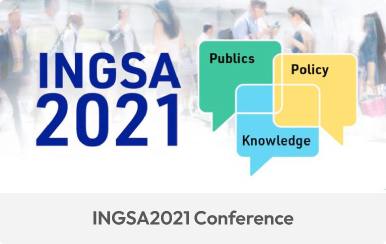
We ran a workshop as a satellite event to the 4th International Conference on Science Advice to Governments (INGSA2021). The event took place online, on 08.09.2021. We organized this workshop together with the International Institute for Applied Systems Analysis (IIASA), in partnership with the Fonds de Recherche du Québec (FRQ) and the International Network for Government Science Advice (INGSA).
The participants were scientists and policy makers from all around the world.
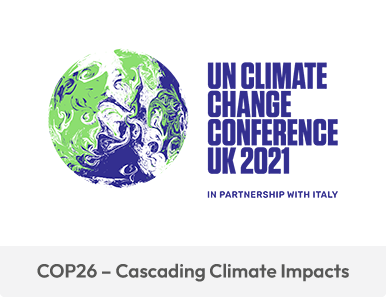
During the COP26, we were running, together with our partners from the Cascades project, several interactive events via Chatham House Climate Risk and Security Virtual Pavilion.
Throughout the COP26, anyone could explore on their own an interactive and immersive single-player simulation about cascading climate risks.
You can still access single-player simulation:
Together with the Cascades project, the European Centre for Development Policy Management, PIK Potsdam Institute for Climate Impact Research, Climate Analytics, and IIASA, we organized the session ‘360° view of climate impacts: experiencing the future to plan adaptation’ at the ECCA 2021 online conference.
More than 200 people with backgrounds in science policy, climate dynamics, and public administration joined for morning and afternoon workshops to take on the roles of the most important decision-makers.

In cooperation with IIASA, National Research Council Canada, ISSP (Ottawa), and Mitacs, we ran an online workshop with the simulation. The participants were policy scientists, diplomats, and young scientists and researchers interested in climate policies
Benefits
The immersive character of simulation experience stimulates
imagination, invokes emotions, encourages learning and
knowledge sharing, and motivates action.
What participants say
Contact us
The simulation was developed in the Horizon 2020 project “CASCADES – Cascading climate risks: Towards adaptive and resilient European Societies”, in collaboration with project partners. The project has been funded by the European Union’s Horizon 2020 research and innovation programme under grant agreement No. 821010.

